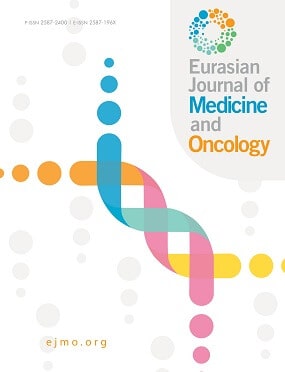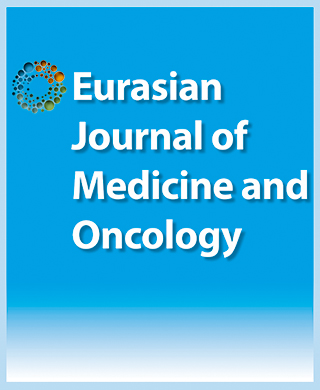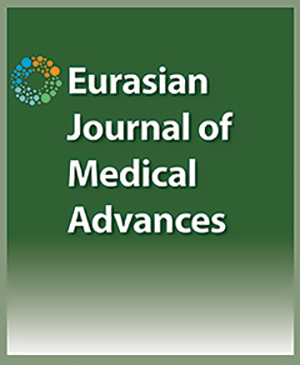

FHL2 Determines Poor Outcomes and Responsiveness of Immunotherapy Plus Tyrosine Kinase Inhibition in Metastatic Renal Cell Carcinoma
Xianglai Xu1, Jinglai Lin1, Yanjun Zhu2, Jiajun Wang2, Jianming Guo11Department of Urology, Zhongshan Hospital (Xiamen), Fudan University, Xiamen, China, 2Department of Urology, Zhongshan Hospital, Fudan University, Shanghai, China,
Objectives: Immunotherapy plus a tyrosine kinase inhibitor (IO+TKI) is now the first line therapy for metastatic renal cell carcinoma (mRCC). Nevertheless, IO+TKI treatment's moderate response rate limited the treatment selection for mRCC patients without a useful biomarker in clinical practice. Methods: Cohorts from our institution and from a clinical study were included (ZS-MRCC and JAVELIN Renal 101). RNA expressions were identified by sequencing. The immune infiltrate and tumor microenvironment were evaluated by f low cytometry and immunohistochemistry. Results: Participants with high-FHL2 had a lower rate of objective response and a higher non-response rate. Longer PFS was identified in ZS-MRCC and JAVELIN Renal 101 cohorts. In the group with high FHL2, the quantity of tumor infiltrating lymphocytes was enhanced; however, CD8+ T cells demonstrated an exhaustion phenotype. Incorporating FHL2 expression and TME markers, a machine learning model was constructed using random forest. Conclusion: There was a strong connection between a high level of FHL2 and immunosuppression, in addition to a response to IO+TKI treatment. Additionally, there was a connection between T-cell malfunction. The expression of FHL2 was a prognostic factor in mRCC therapy, and the FHL2-based RFscore may serve as a potential biomarker to distin guish an ideal strategy between TKI monotherapy and IO+TKI. Keywords: Renal cell carcinoma, FHL2, immune checkpoint inhibition plus tyrosine kinase inhibition, t cell dysfunction
Cite This Article
Xu X, Lin J, Zhu Y, Wang J, Guo J. FHL2 Determines Poor Outcomes and Responsiveness of Immunotherapy Plus Tyrosine Kinase Inhibition in Metastatic Renal Cell Carcinoma. EJMO. 2024; 8(2): 216-224
Corresponding Author: Jiajun Wang



